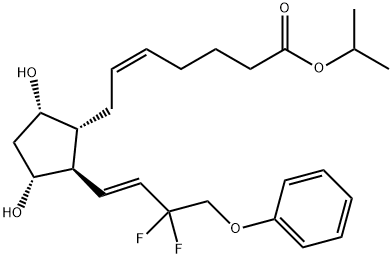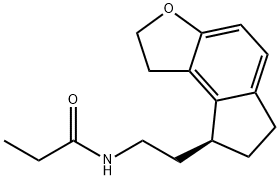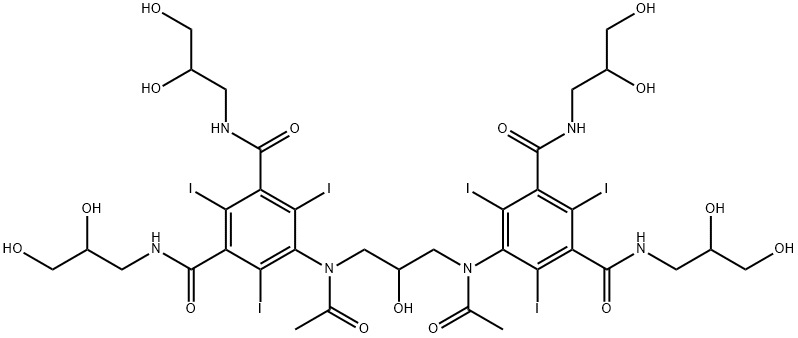DiquafosolTetrasodium , 10mMinWater , 211427-08-6
CAS NO.:211427-08-6
Empirical Formula: C18H27N4NaO23P4
Molecular Weight: 814.3
MDL number:
EINECS: 253-874-2
| Pack Size | Price | Stock | Quantity |
| 1ml | RMB159.20 | In Stock |
|
| others | Enquire |
PRODUCT Properties
| storage temp. | Store at -20°C |
| solubility | DMSO:1.0(Max Conc. mg/mL);1.14(Max Conc. mM) Water:100.0(Max Conc. mg/mL);113.86(Max Conc. mM) |
| form | A solid |
| color | White to off-white |
| optical activity | [α]/D -12.0 to -8.0°, c =1.0 in H2O |
| Water Solubility | H2O: 2mg/mL, clear |
| InChIKey | XPZQVLUPTGTIJP-NIBQMMLDNA-N |
Description and Uses
Diquafosol (INS-365) was approved in Japan in 2010 as a 3% ophthalmic solution for treatment of dry eye disease. Clinical diagnosis of dry eye is difficult because the condition presents a variety of symptoms. Treatment options include tear supplements (lubricants), anti-inflammatory drugs (e.g., cyclosporine eye drops or steroid eye drops), and tear retention devices. Diquafosol is a unique agent for the treatment of dry eye in that it acts as a P2Y2 purinergic receptor agonist with the ability to activate this receptor on the ocular surface and stimulate water, lipid, and mucin secretion. Diquafosol is metabolized by phosphodiesterases to UTP, UDP, UMP, and uridine. Diquafosol has been well tolerated in clinical trials, with side effects being local to the ocular surface.In addition,no serious ocular or systemic adverse drug reactions were found during the clinical trials.
Enhancement of mucosal hydration in the treatment of chronic dry eye (P2Y2 receptor antagonist).
Safety
| Symbol(GHS) |   GHS07,GHS02 |
| Signal word | Warning |
| Hazard statements | H315-H319-H228 |
| Precautionary statements | P240-P210-P241-P264-P280-P302+P352-P370+P378-P337+P313-P305+P351+P338-P362+P364-P332+P313 |






